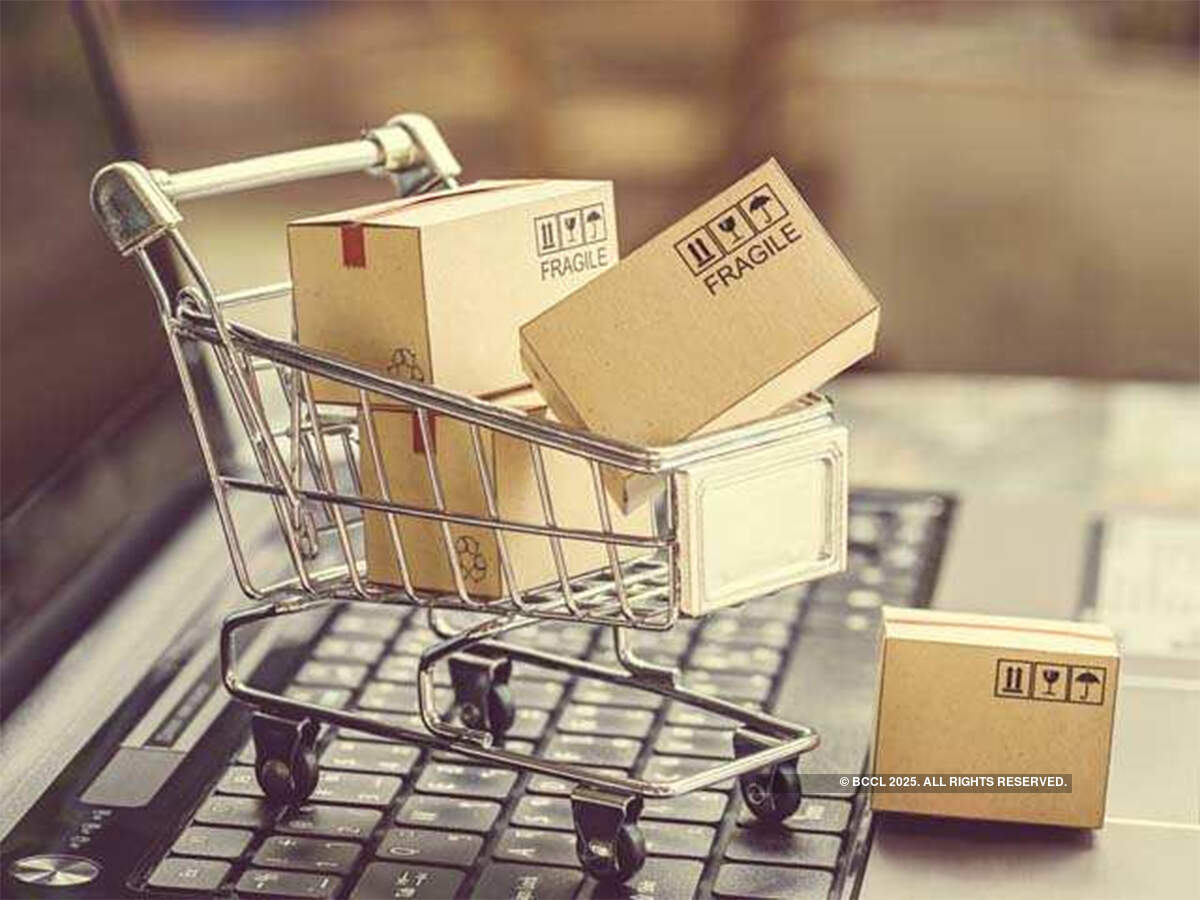 By Naman Vijay
By Naman VijayIndia’s retail market is estimated to be worth $600 billion. Today ecommerce comprises only 5% of the total. Compare that to the 15% stake e-commerce has in the US market, and it becomes clear there’s still plenty of room for growth. Despite efforts like ‘Digital India’, affordability of smartphones and data packages, vast sections of India’s population have yet to come online.
India’s total internet user base is set to grow from 665 million in 2019 to 829 million by 2021. So, the inherent potential of the market is undeniable. And, yet, ecommerce remains highly underpenetrated with only 50 million online shoppers, of whom only 20 million are active monthly purchasers.
This gap is indicative of the need to tackle a concern if India is to maintain its role as a global ecommerce lynchpin. For this, the corporate sector must join hands with GoI to ensure that transitions occur seamlessly and with minimal disruption. To that end, a holistic ecommerce framework needs to be established, one that incorporates best governance practices while catering to the unique needs of this vast new consumer base. Arobust physical and digital infrastructure must be implemented, one capable of handling the immense load placed upon it daily.
Equally important are efforts to promote a shift to a digital economy. While GoI has taken a valuable first step through the implementation of the Unified Payments Interface (UPI) system, further efforts are needed via the expansion of formal banking and easy credit facilities for the citizenry. These efforts can be complemented by increased government support for ‘Make in India’ initiatives, particularly through the establishment of industrial corridors, logistics parks and special economic zones (SEZ).
This can further be enhanced by the promotion of robust data protection frameworks along the lines of EU’s General Data Protection Regulation (GDPR), levelling the playing field between offline and online players in terms of indirect taxation, and easing restrictions on cross-border ecommerce transactions.
Catering to the demands of an entirely different set of internet users demands adifferent approach. These future consumers are set to emerge from India’s tier-2 and tier-3 cities.
The key challenges to overcome here are a diverse array of languages, an unfamiliarity with digital systems, and preferences for an eclectic array of products across micromarkets. All these factors demand the implementation of an appropriate omni-channel strategy. By combining this with a robust offline-to-online model, assisted sales and product curation, these new entrants to the ecommerce market can look forward to a smooth integration into the wider ecommerce ecosystem.
Today, 70% of ecommerce customers are men with an average age of 25. But these figures are set to drastically change. Women are set to claim an equal share in the market, while the average age is expected to rise to 28 years. Also, as people become more accustomed to shopping online, the ordering of basic necessities will outpace discretionary purchases, leading to smaller overall ticket sizes. To keep up with these changing demands, it is crucial that the logistics sector, currently disorganised and fragmented, be efficient.
The primary reasons for India’s underperformance are market inefficiencies and underdevelopment. This is most prominently manifested in return to origin (RTO) rates across India, especially when cash on delivery (COD) orders are involved. At present, COD rates are almost 90% in tier-3 and tier-4 cities, as compared to 50% in metros.
However, RTO rates are practically doubled in these same cities. These numbers are indicative of the efficiency gap in the Indian logistics industry, especially in the hinterlands, and serve as a stark warning for the future. If not addressed now, India will find itself caught between a rapidly growing demand for logistics and a fragmented logistics ecosystem.
The introduction of new-age logistics partners, and the advent of technologies such as artificial intelligence (AI) and machine learning (ML), offers a solution to these issues, allowing ecommerce companies to reduce RTO rates and confidently serve customers across the country.
Much of this challenge has also been taken up by a select group of startups, all of whom are applying myriad technologies to optimise the efficient functioning of the system. In recent years, these efforts have started to bear fruit, resulting in venture capital firms committing their money and trust to these pioneers.
In the past five months of 2019, the logistics sector has already witnessed a capital infusion of $6.25 billion. That’s more than a six-fold increase from the amount it raised in the preceding year. However, to tackle the many issues facing the sector, a collaborative partnership is required between all stakeholders involved: governmental, corporate, individual. It is only then that India’s full potential as an ecommerce destination will be achieved.
No comments:
Post a Comment